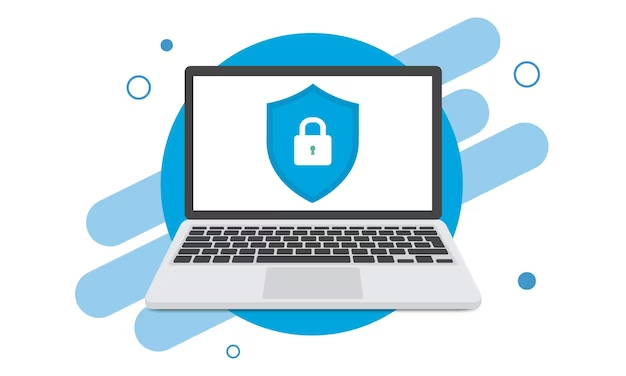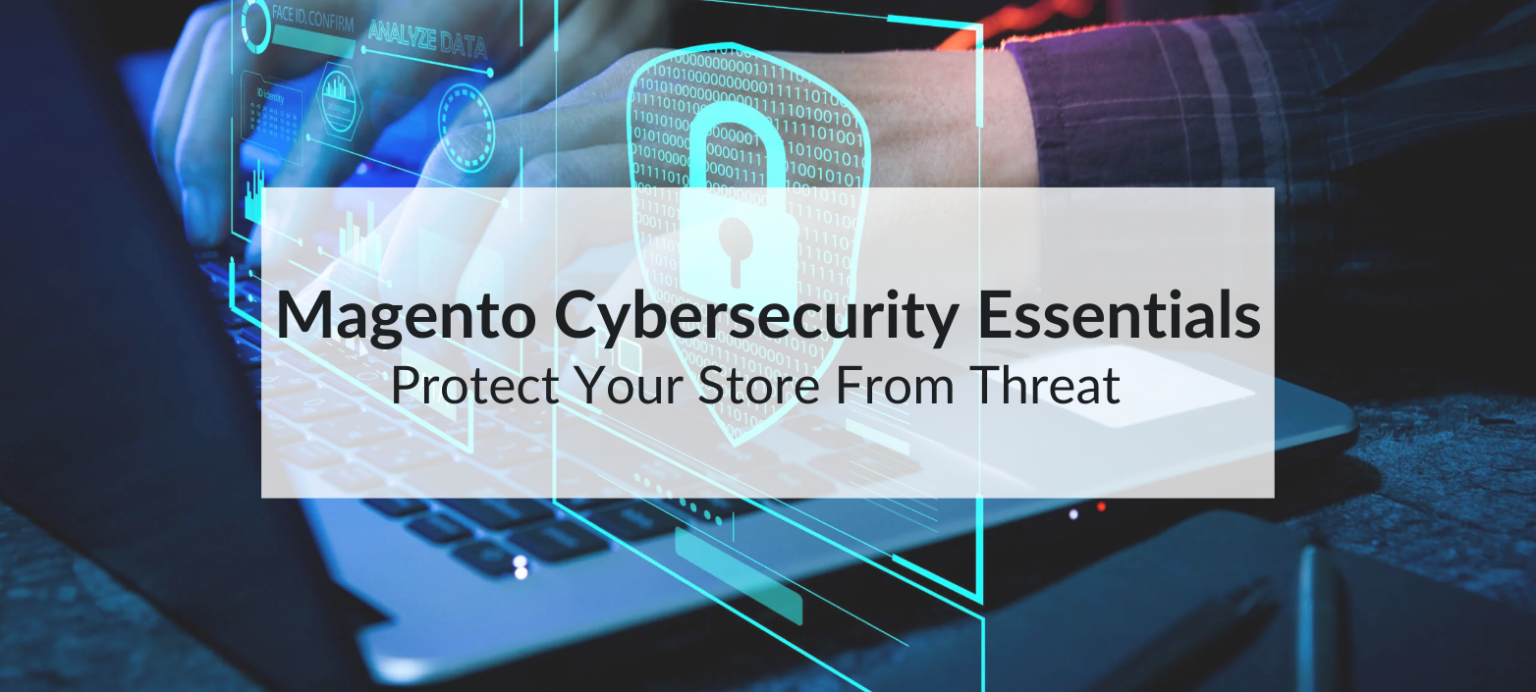Running a Magento-powered ecommerce store is an exciting venture, but it also comes with the responsibility of protecting your business and customer data from malicious attacks. With the increasing frequency and sophistication of cyber threats, securing your Magento store has never been more critical. This guide explores the essential steps you can take to ensure robust Magento cybersecurity and keep your online store safe from potential risks.

Why Magento Cybersecurity is Crucial for Your Online Store
Magento is a leading platform for ecommerce websites, and its widespread popularity makes it a prime target for cybercriminals. Hackers are constantly looking for vulnerabilities to exploit, with threats ranging from data breaches to malware infections. A single cyberattack can damage your reputation, compromise sensitive data, and cost your business thousands in recovery and lost sales.
In fact, studies show that over 30% of online stores suffer from some form of cybersecurity breach annually (sansec.io).
By prioritizing Magento cybersecurity, you ensure your business stays protected from malicious threats while building customer trust.
1. Keep Magento Updated
One of the simplest yet most effective ways to safeguard your Magento store is by keeping it up-to-date. Magento frequently releases security patches and updates to address vulnerabilities and protect against new threats. Ignoring these updates leaves your store exposed to attackers who are actively looking for unpatched weaknesses.
Actionable Steps:
- Check for Updates Regularly: Stay on top of Magento’s security patches and updates by visiting the Magento Security Center.
- Apply Updates Without Delay: As soon as an update is released, make sure to implement it immediately to minimize the risk of exploitation.
2. Strengthen Your Store’s Authentication
Weak authentication is a common vulnerability in many ecommerce platforms. Attackers often use brute force techniques or stolen credentials to gain access to your admin panel. Strengthening your authentication process significantly reduces the risk of unauthorized access.
Actionable Steps:
- Use Strong Passwords: Ensure all admin and user passwords are long, complex, and unique. A good password should combine uppercase and lowercase letters, numbers, and special characters.
- Implement Two-Factor Authentication (2FA): Add an extra layer of security by requiring a second form of verification (like a code sent to your phone) when logging into the admin panel.
3. Secure Your Admin Panel
The admin panel is the gateway to your Magento store’s sensitive data, making it a prime target for cybercriminals. Securing your admin panel is crucial to protecting your store’s backend from unauthorized users.
Actionable Steps:
- Change the Default Admin URL: Hackers often target the default admin URL. Customize it to make it harder for attackers to find.
- Enable CAPTCHA for Admin Login: Adding a CAPTCHA to the login page helps prevent automated attacks such as brute force attempts.
4. Use HTTPS and SSL Certificates
Encrypting data is essential to protecting sensitive customer information, including credit card details and personal data. Without encryption, hackers can intercept and steal data during transmission.
Actionable Steps:
- Install SSL Certificates: Ensure your Magento store is SSL certified to encrypt sensitive data during transactions.
- Force HTTPS Across Your Site: In Magento’s admin settings, enable the “Use Secure URLs in Storefront” and “Use Secure URLs in Admin” options to enforce HTTPS throughout your site.
5. Leverage a Web Application Firewall (WAF)
A Web Application Firewall (WAF) serves as an additional layer of protection between your store and cybercriminals. It filters out malicious traffic and blocks harmful requests before they reach your website.
Actionable Steps:
- Select a Reliable WAF Provider: Choose a WAF with real-time threat detection and strong protection against SQL injections, cross-site scripting (XSS), and other common vulnerabilities.
- Keep WAF Rules Updated: Make sure the firewall rules are regularly updated to defend against new types of attacks.
6. Regular Backups
In the event of a security breach, having recent backups ensures you can restore your store quickly without significant downtime or data loss. Backing up your Magento store regularly is one of the most critical steps in any disaster recovery plan.
Actionable Steps:
- Automate Backups: Set up automated daily backups for your store’s database and files.
- Store Backups in Multiple Locations: Store backups both locally and in cloud storage to ensure you can access them even if one location is compromised.
7. Monitor and Audit Logs
Consistent monitoring of your Magento logs can help you identify suspicious activity early, preventing small issues from turning into significant problems.
Actionable Steps:
- Enable Logging for Key Events: Ensure logs are activated for all major actions, such as user logins, product updates, and order processing.
- Review Logs Regularly: Regularly audit your logs for signs of malicious activity or unusual patterns, such as multiple failed login attempts or unexpected changes to the website.
8. Secure Your Hosting Environment
Your web hosting environment plays a critical role in your store’s security. Choosing a reputable hosting provider that offers built-in security measures, such as firewalls and malware scanning, will give you peace of mind knowing your site is being protected 24/7.
Actionable Steps:
- Choose a Secure Hosting Provider: Look for a provider that offers features such as SSL certificates, regular backups, and DDoS protection.
- Update Your Server Software: Regularly update your server’s operating system, web server software, and other components to patch any known vulnerabilities.
9. Implement Role-Based Access Control (RBAC)
Limiting access to your Magento store’s admin panel and backend based on roles helps prevent unauthorized users from making changes or accessing sensitive information. With role-based access control (RBAC), you can ensure that each user has only the permissions necessary to perform their job.
Actionable Steps:
- Define Roles and Permissions: Clearly define roles (admin, manager, editor, etc.) and set permissions accordingly. Avoid giving unnecessary access to users.
- Review User Roles Regularly: Periodically audit and adjust user permissions to ensure they are still in line with current business needs.
10. Educate Your Team on Cybersecurity Best Practices
Employees can be a weak link in your cybersecurity strategy if they are unaware of best practices or fall for phishing scams. Providing regular training can help reduce the risk of human error leading to a security breach.
Actionable Steps:
- Conduct Ongoing Cybersecurity Training: Regularly train your team on how to recognize phishing attempts, avoid weak passwords, and follow secure practices when handling sensitive data.
- Simulate Phishing Attacks: Run simulated phishing exercises to test your team’s ability to recognize suspicious emails and prevent data breaches.
Final Thoughts on Magento Cybersecurity
Magento cybersecurity is not a one-time task but an ongoing effort that requires regular monitoring, updates, and proactive security measures. By implementing the steps outlined above, you can significantly reduce the risk of a cyberattack and ensure your Magento store remains secure.
Remember, protecting your customers’ data and building trust is paramount. By securing your Magento store, you’re not only safeguarding your business but also fostering long-term relationships with your customers. Stay proactive, stay informed, and ensure your store remains a safe place for everyone who shops with you.
Find additional insights into maintaining and securing your Magento store here.

